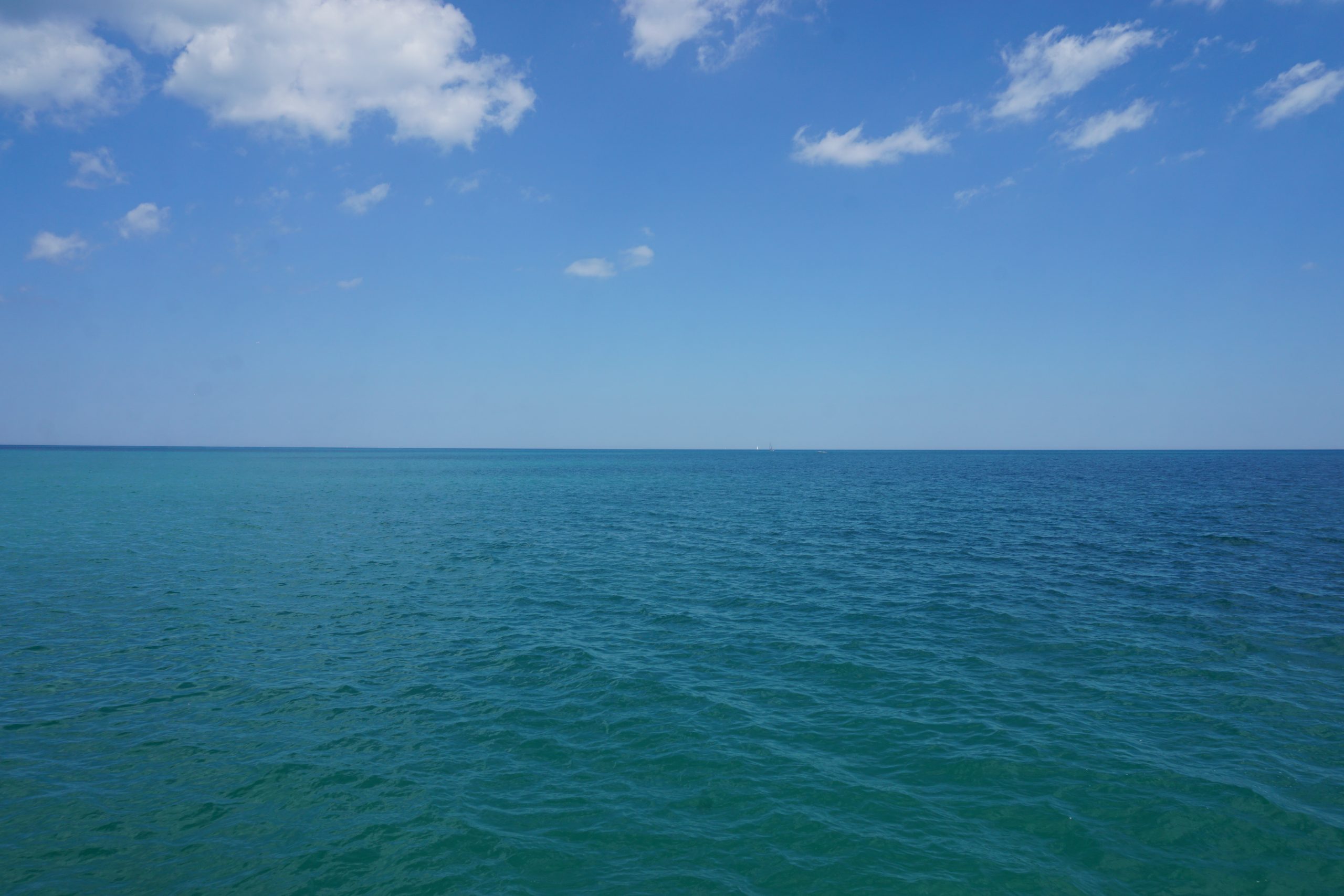Lake Michigan is the second-largest Great Lake by volume and the only one entirely within the United States. It borders four states: Michigan, Wisconsin, Indiana, and Illinois. The total shoreline length of Lake Michigan is approximately 1,640 miles.
The Exact Lake Michigan Shoreline Miles by State

Here are the shoreline miles for each state along Lake Michigan:
| State | Shoreline Miles |
|---|---|
| Michigan | 1,058 miles |
| Wisconsin | 495 miles |
| Indiana | 45 miles |
| Illinois | 63 miles |
The Significance of Lake Michigan’s Shoreline

Lake Michigan’s shoreline is a significant natural resource that plays a vital role in the lives of millions of people. The shoreline provides a variety of recreational opportunities, including swimming, boating, fishing, and beachgoing. It also supports a thriving tourism industry, with many coastal communities relying on visitors to the lake for their economic well-being.
The Diverse Landscapes of Lake Michigan’s Shoreline
The shoreline of Lake Michigan is characterized by a diverse range of landscapes, from sandy beaches and rocky cliffs to marshes and dunes. Each state’s portion of the shoreline has its own unique features and attractions.
Michigan’s Shoreline
Michigan’s 1,058-mile shoreline is the longest of the four states bordering Lake Michigan. It includes the famous Sleeping Bear Dunes National Lakeshore, which features towering sand dunes and stunning views of the lake. The state also boasts numerous lighthouses, charming coastal towns, and a thriving fishing industry.
Wisconsin’s Shoreline
Wisconsin’s 495-mile shoreline is known for its rugged beauty, with rocky bluffs and picturesque harbors. The state is home to the Apostle Islands National Lakeshore, a group of 21 islands that offer hiking, kayaking, and opportunities to explore historic lighthouses.
Indiana’s Shoreline
Indiana’s 45-mile shoreline may be the shortest, but it packs a punch. The Indiana Dunes National Park, which includes both sandy beaches and towering dunes, is a popular destination for outdoor enthusiasts. The state also boasts a number of charming lakeside communities, such as Michigan City and Porter.
Illinois’ Shoreline
Illinois’ 63-mile shoreline is the second-shortest, but it includes some of the most densely populated areas along Lake Michigan. The Chicago lakefront, with its iconic skyline and numerous parks and beaches, is a major draw for visitors from around the world.
The Importance of Preserving Lake Michigan’s Shoreline
Despite the many benefits of Lake Michigan’s shoreline, it faces a number of threats, including development, pollution, and the impacts of climate change. Preserving and protecting this valuable natural resource is crucial for the long-term health of the lake and the communities that depend on it.
Efforts to Protect the Shoreline
Across the four states, there are a number of initiatives and organizations working to protect and preserve the shoreline of Lake Michigan. These include national parks and lakeshore areas, as well as state and local conservation efforts.
One example is the Great Lakes Restoration Initiative, a federal program that provides funding for projects aimed at improving the health of the Great Lakes, including Lake Michigan. This initiative has supported a wide range of projects, from habitat restoration to water quality improvements.
The Role of Individuals in Shoreline Conservation
In addition to these larger-scale efforts, individual citizens can also play a role in protecting the shoreline of Lake Michigan. This can include things like participating in beach cleanups, supporting local conservation organizations, and advocating for policies that protect the lake and its surrounding environments.
Conclusion
The shoreline of Lake Michigan is a vital natural resource that supports a wide range of recreational, economic, and ecological benefits. By understanding the unique characteristics and challenges facing this shoreline, we can work to ensure that it remains a cherished and protected part of the Great Lakes region for generations to come.
Reference:
– National Oceanic and Atmospheric Administration (NOAA)
– Michigan Department of Environmental Quality
– Great Lakes Restoration Initiative
